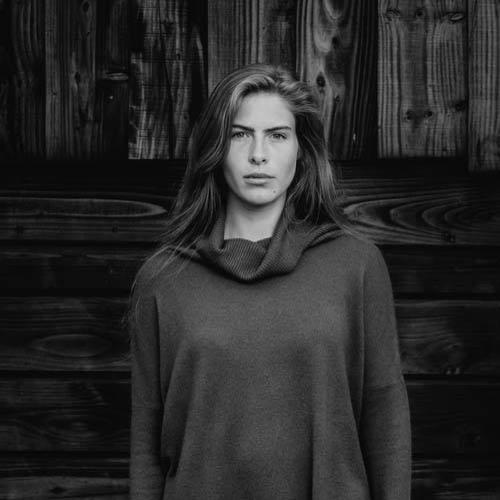A wing and a prayer: saving our farmland bird populations
By bridging ‘the hungry gap’ with supplementary feeding, we can breathe life into our declining farmland bird populations, but farming practices must be changed to secure their future.
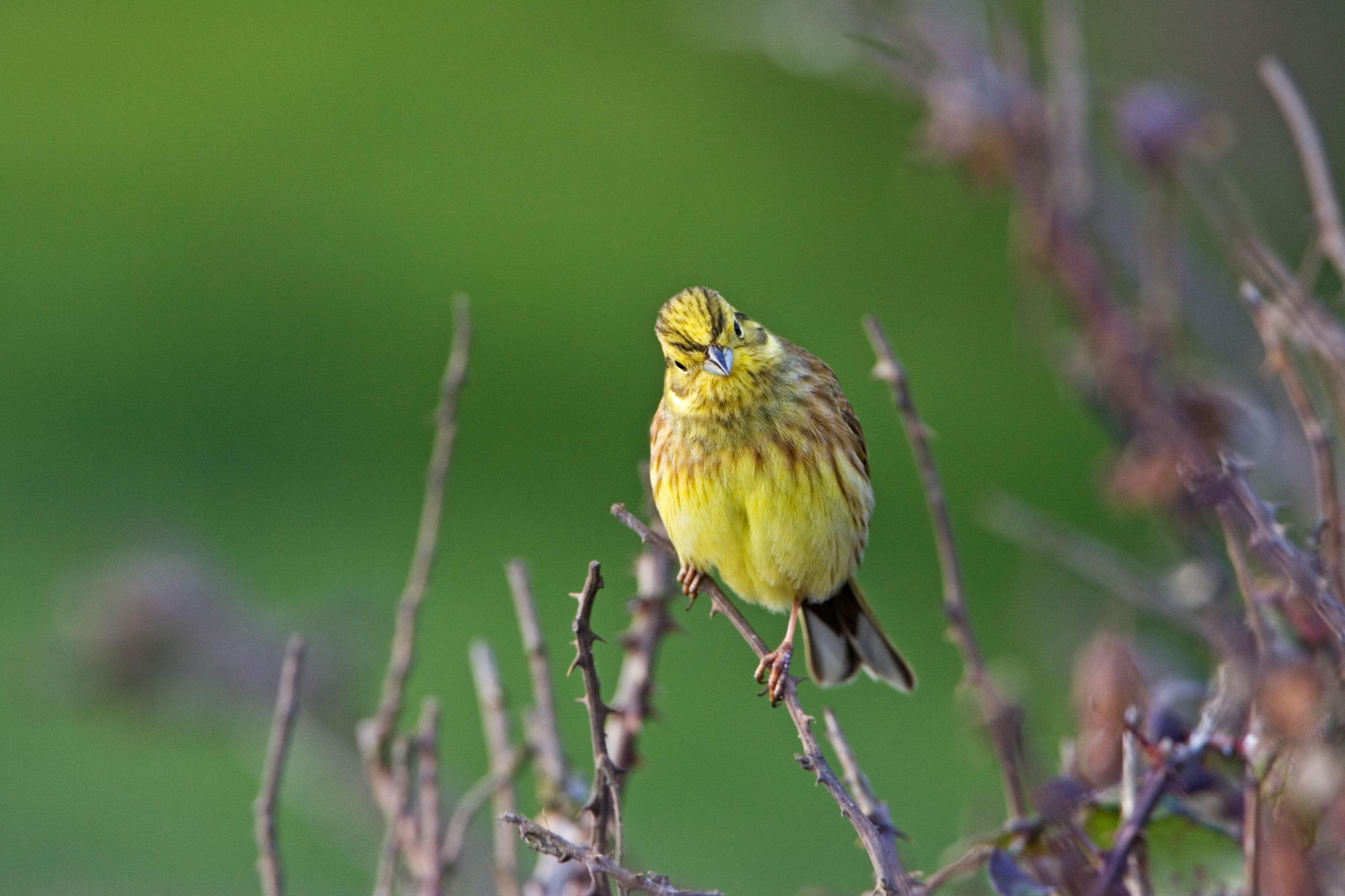

Listening to a dawn chorus when surveying birds by song, I tune into one little voice pealing out from a dense thicket on this Cotswolds farm. Tiny lungs belt out notes in rapid succession: a garden warbler has flown from southern Africa back to this thicket — his home.
His tune is part of a chorus of warblers, indicating that the farm is great for birds in the spring and summer. Walking along the hedge, more avian voices ring out: yellowhammers and linnets and then the classic song of skylarks, which are so high up they seem like feathered astronauts.
This is an average-sized, mixed-arable, non-organic farm. Hedgerows, managed for wildlife conservation with sward trims, provide nesting habitat for many farmland birds. Come summer, wildflower headlands will provide insects and seed where the birds can safely forage, flitting from the hedge, yet there are fewer farmland birds, both in terms of species and abundance, compared with local farms with similar habitat. What’s the difference? Quite possibly, winter food provision.
This farm is a great example of the gap that needs to be bridged for the birds. It’s exemplary for summer and autumn habitat, but it’s falling short on winter food provision. It does have a few winter seed crop plots, albeit small ones, courtesy of the Sustainable Farming Incentive scheme. Containing brassicas, legumes, cereals, grasses and herbs, they provide some bird food into the early winter, but a little-known fact about these plots is that they are depleted by January. Winter is known as the ‘hungry gap’ because there is simply not enough food to keep all the birds alive in those months, so many will starve to death.
Farmland birds on the Red List, threatened with national extinction, include tree sparrow, corn bunting, cirl bunting, turtle dove, grey partridge, yellow wagtail, starling, linnet, lapwing, yellowhammer, skylark, corncrake and curlew. Research by the British Trust for Ornithology (BTO) shows that supplementary winter feeding and retaining unsprayed stubbles into spring have a positive impact on farmland birds.
'Supplementary winter feeding and retaining unsprayed stubbles into spring have a positive impact on farmland birds'
Skylarks prove it: having declined by 60% due to agricultural intensification, agri-environmental schemes, such as winter food provision, could be reversing the trend, as their numbers have increased by 9% over the past decade. ‘We can help with monitoring and can subsidise surveys, although we are happy to support farmers with advice if they want to do it without us. Our interest is in promoting best practice,’ says Gavin Siriwardena, head of terrestrial ecology at the BTO.
Micro-charity Farmland Bird Aid Network (FBAN) has one premise: keep birds alive by broadcasting supplementary feed every morning from December to spring, as well as restoring habitat so such feeding becomes unnecessary. FBAN was set up by retired childminder Louise Spicer after she realised the winter food deficit and, for 20 years, local farmers, landowners and volunteers have established feeding sites across Oxfordshire.
Exquisite houses, the beauty of Nature, and how to get the most from your life, straight to your inbox.
Forty farmers from the North-East Cotswold Farmer Cluster feed flocks on their land, often taking their children with them, creating a new tradition. Some 3,000 birds across 60 sites are fed with more than 60 tons of seed grown within the cluster, ensuring the birds make it through winter. Surveys conducted on FarmED (a brilliant farming-regeneration hub) showed a rise from 44 to 84 species between 2014 and 2020, thanks to the combination of winter seed crops and extra feeding. ‘By growing our own feed, we can help overwintering birds more cost effectively and at scale,’ notes the cluster’s founder, Tim Field.
Is supplementary feeding a sticking plaster? ‘Nationwide change in farming practices is needed,’ points out Mike Kettlewell, one of the cluster’s trailblazing farmers. ‘We feed the birds because if we don’t, they’ll vanish for good. It has happened before my eyes — a decade ago, there were tree sparrows, but no longer.’
Mike’s farm illustrates that non-organic farms can support birds, using field margins, hay meadows and hedgerows. Pockets of farmland across the UK champion birds, as at demonstration farms such as the Barker brothers’ in Suffolk and the RSPB’s Hope Farm in Cambridgeshire. The Wiltshire Tree Sparrow Recovery Project, begun by ornithologist Matt Prior in 1999, has extended farmers’ reach beyond food provisions. By installing 1,200 nest boxes over more than 40,000 acres, tree sparrows increased from 30 pairs to 158 pairs by 2018. The Game & Wildlife Conservation Trust holds the Big Farmland Bird Count annually, measuring the impact of conservation work, as well as advocating the importance of helping farmland birds.
'The chorus filling my ears is a soundtrack of hope for the future'
Collective research and actions are summed up well by Jake Fiennes. The conservation director of Holkham estate in north Norfolk (and author of Land Healer), Jake is hell-bent on farmland-bird restoration. ‘It’s nonsense that non-organic farmers can’t or don’t support wildlife. Any farmer can quickly transform their farm for birds without it costing more, by eliminating insecticides from April 1 and not topping up the summer herbicides,’ he points out. ‘Pure grass margins can be turned to wildflower havens that also provide winter seed, making use of strips of land without encroaching on crops. Seed suppliers do “bumble bird mixes” that allow the summer and autumn food provisions to be drilled simultaneously. Catch crops and winter cover crops post-harvest provide additional cover and winter food provision and unfashionable winter stubble can do wonders,’ he explains, without taking a breath.
As I walk, the birds sing. I smile. The farmer here has decided to extend winter bird-seed crops, dig small ponds, change the margins into autumn food provision strips and feed the birds in the cold months. A neighbouring farm has a 17-acre winter seed plot to which seed is added once it’s depleted, the spectacle of linnets worth standing in minus temperatures for. Come next winter, this farm will cater for them, too.
I spy a male yellowhammer, his spring plumage bright like a splendid sun. When the warblers have left, I will meet this yellowhammer again, with seed that will spell the difference between life and death. As the skylarks sing, I think of the farmers who champion them, remembering the final verse of Percy Shelley’s To a Skylark: ‘Teach me half the gladness that thy brain must know, such harmonious madness from my lips would flow./The world should listen then, as I am listening now.’
The chorus filling my ears is a soundtrack of hope for the future and one that will grow with the reward of acknowledging the farm is their home.
Hannah Bourne-Taylor is the author of ‘Nature Needs You: The fight to save our swifts’ .
This article originally appeared in the July 16 issue of Country Life
Hannah Bourne-Taylor is a writer and conservationist. She is the author of two books: 'Fledgling' and ‘Nature Needs You: The fight to save our swifts’
-
 18 country houses across Britain, from £400,000 to £4 million, as seen in Country Life
18 country houses across Britain, from £400,000 to £4 million, as seen in Country LifeOur look at the homes to come to the market via Country Life this week picks out a charming Kent cottage and an Arts and Crafts house in Leicestershire.
-
 The greatest flowers make the greatest art
The greatest flowers make the greatest artA search for still-life subjects led Kate Friend to some of the greatest gardens and gardeners in the country
-
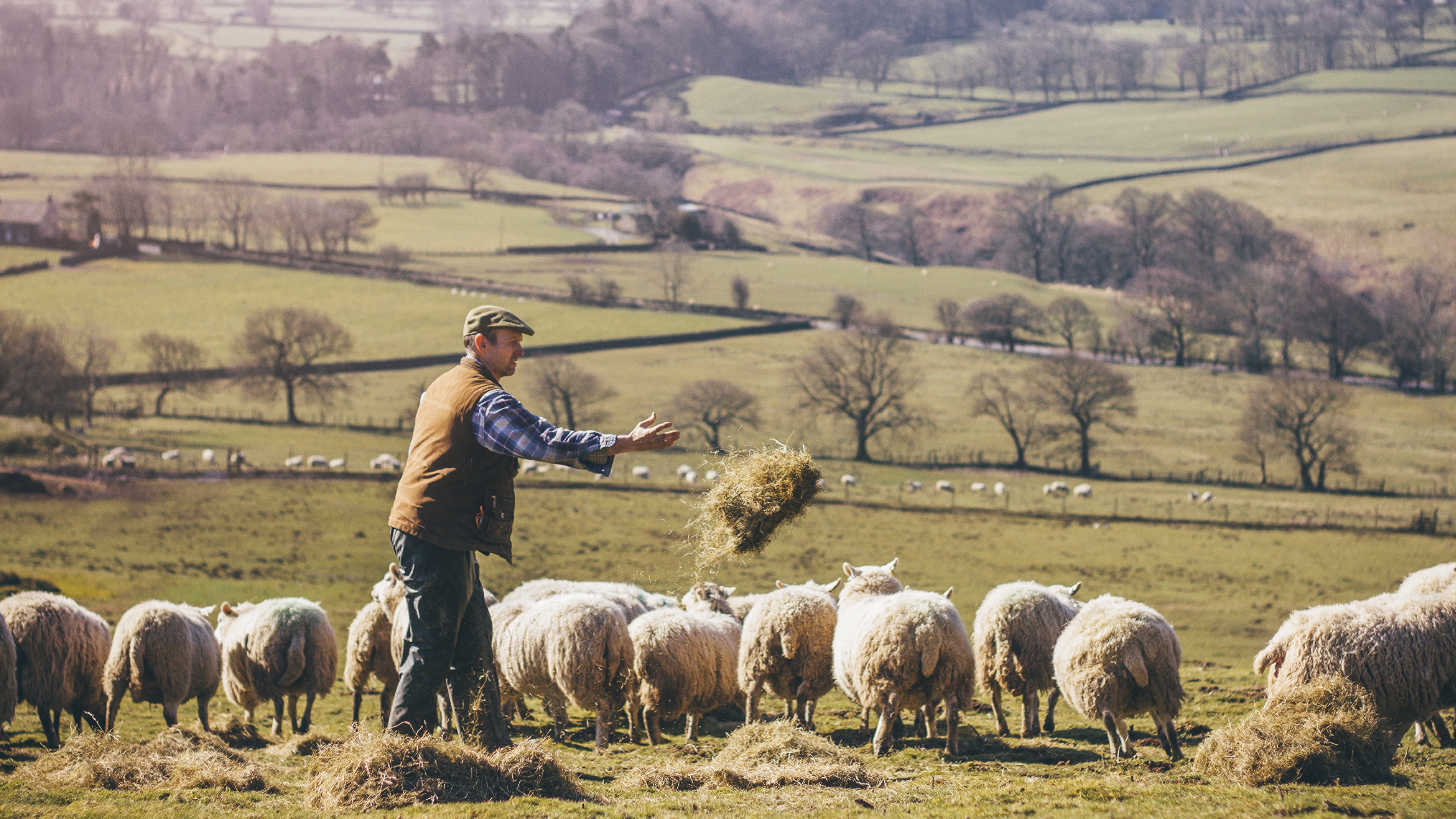 I was Jeremy Hunt’s main political adviser and helped put together multiple Autumn Statements and Budgets. This is what I think Rachel Reeves’s Budget means for the countryside
I was Jeremy Hunt’s main political adviser and helped put together multiple Autumn Statements and Budgets. This is what I think Rachel Reeves’s Budget means for the countrysideAdam Smith, former chief of staff to the Chancellor of the Exchequer, reflects on what last week's Budget means for the countryside and how we ensure the rural voice is heard loudly inside Budget preparations.
-
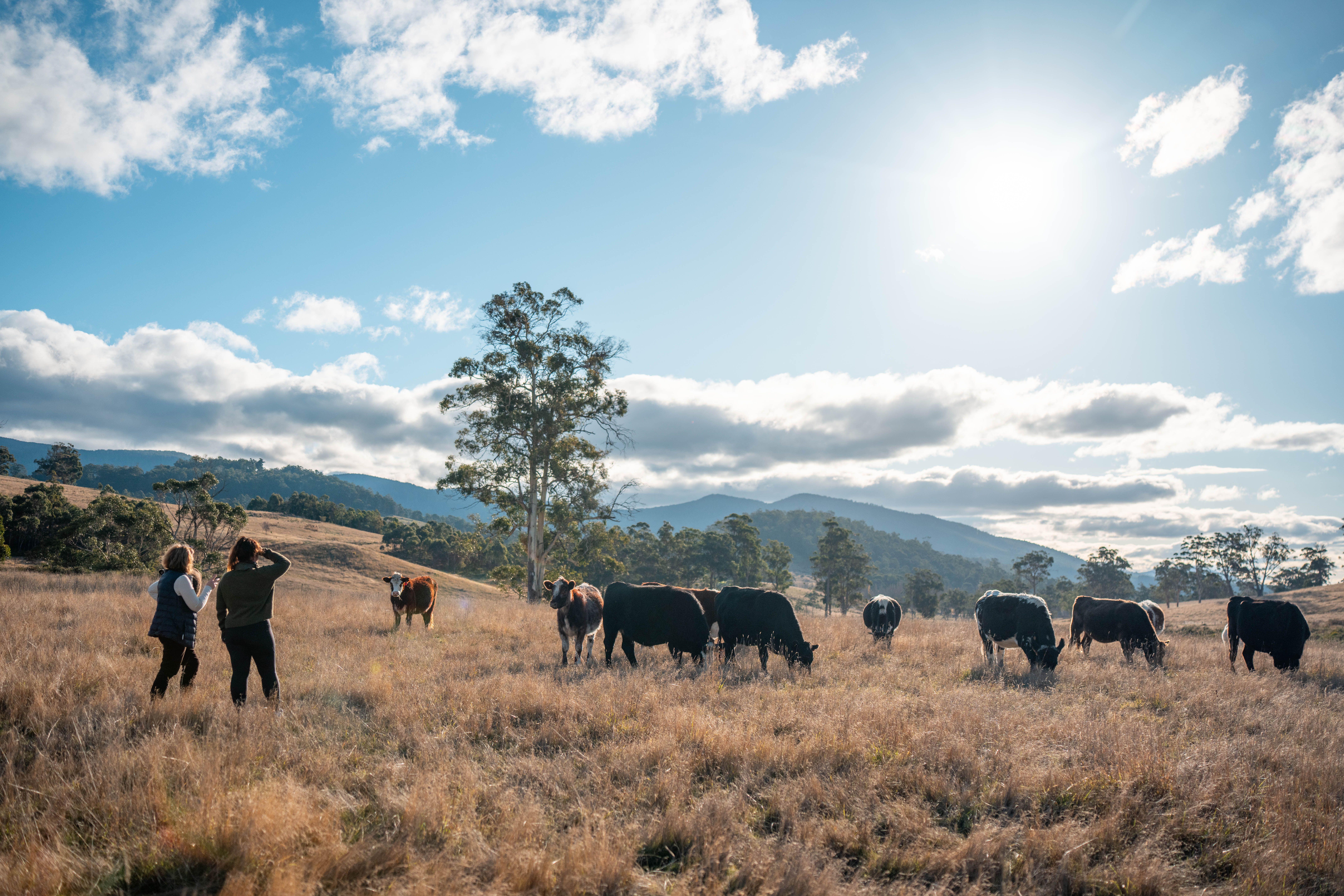 The Budget: What do we need to fix a broken countryside, and what will we get?
The Budget: What do we need to fix a broken countryside, and what will we get?With the Autumn Budget looming, countryside and heritage organisations reveal what they are hoping to hear to fix the turmoil — and what they are dreading
-
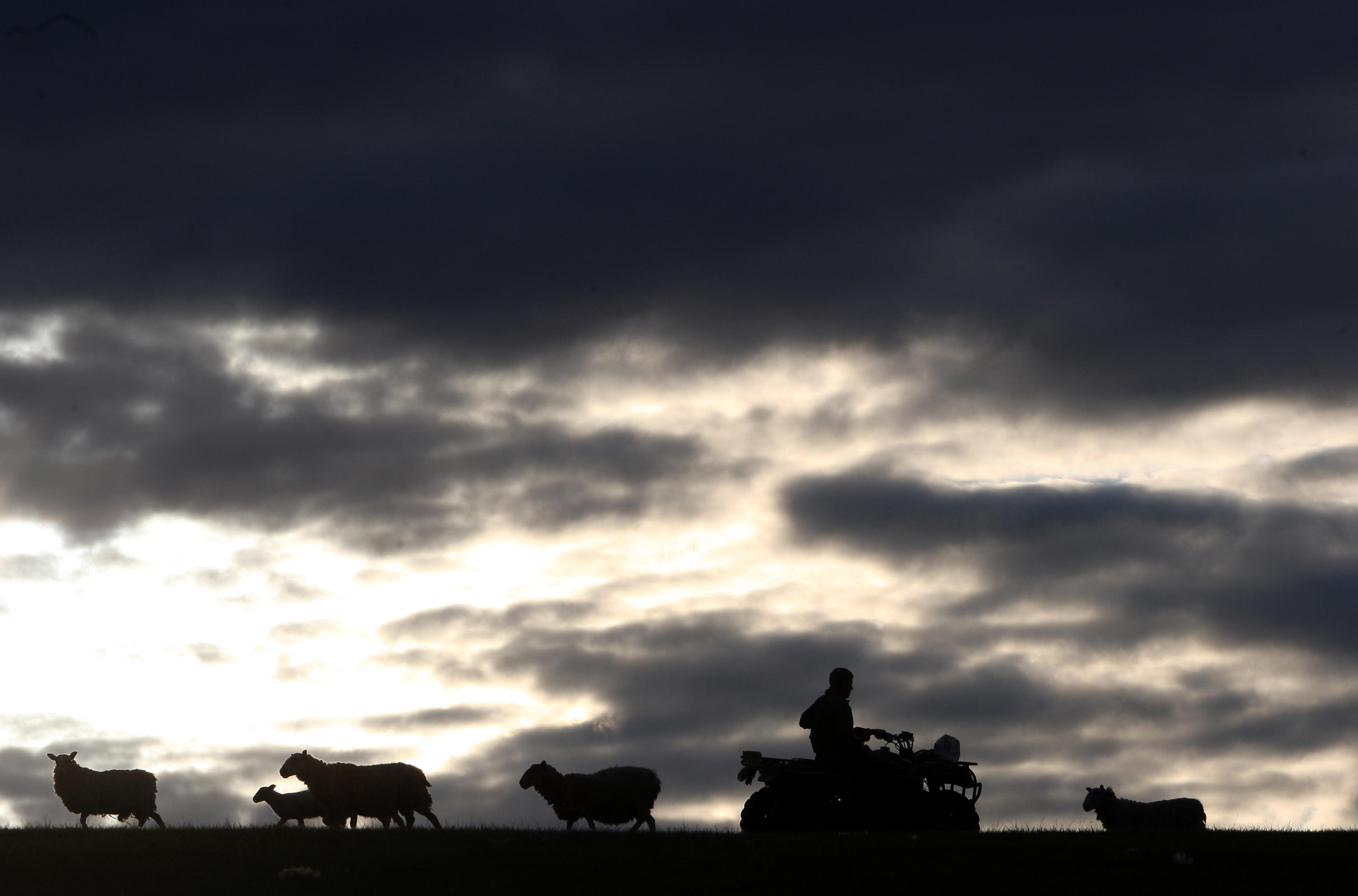 'I’m going to be the first in more than 100 years to sell anything off': How the upcoming budget uncertainty is impacting young farmers
'I’m going to be the first in more than 100 years to sell anything off': How the upcoming budget uncertainty is impacting young farmersChanges to inheritance tax, property relief and Defra budgets will likely change Britian's rural landscape. We ask the next generation of farmers what they think their future will look like.
-
 An unfenced existence: Philip Larkin's love of the countryside
An unfenced existence: Philip Larkin's love of the countrysideRichard Barnett pokes at Larkin’s protective carapace of soot-stained gloom and finds a writer with an unillusioned yet tenderly perceptive sense of Nature, in all its beauty and indifference
-
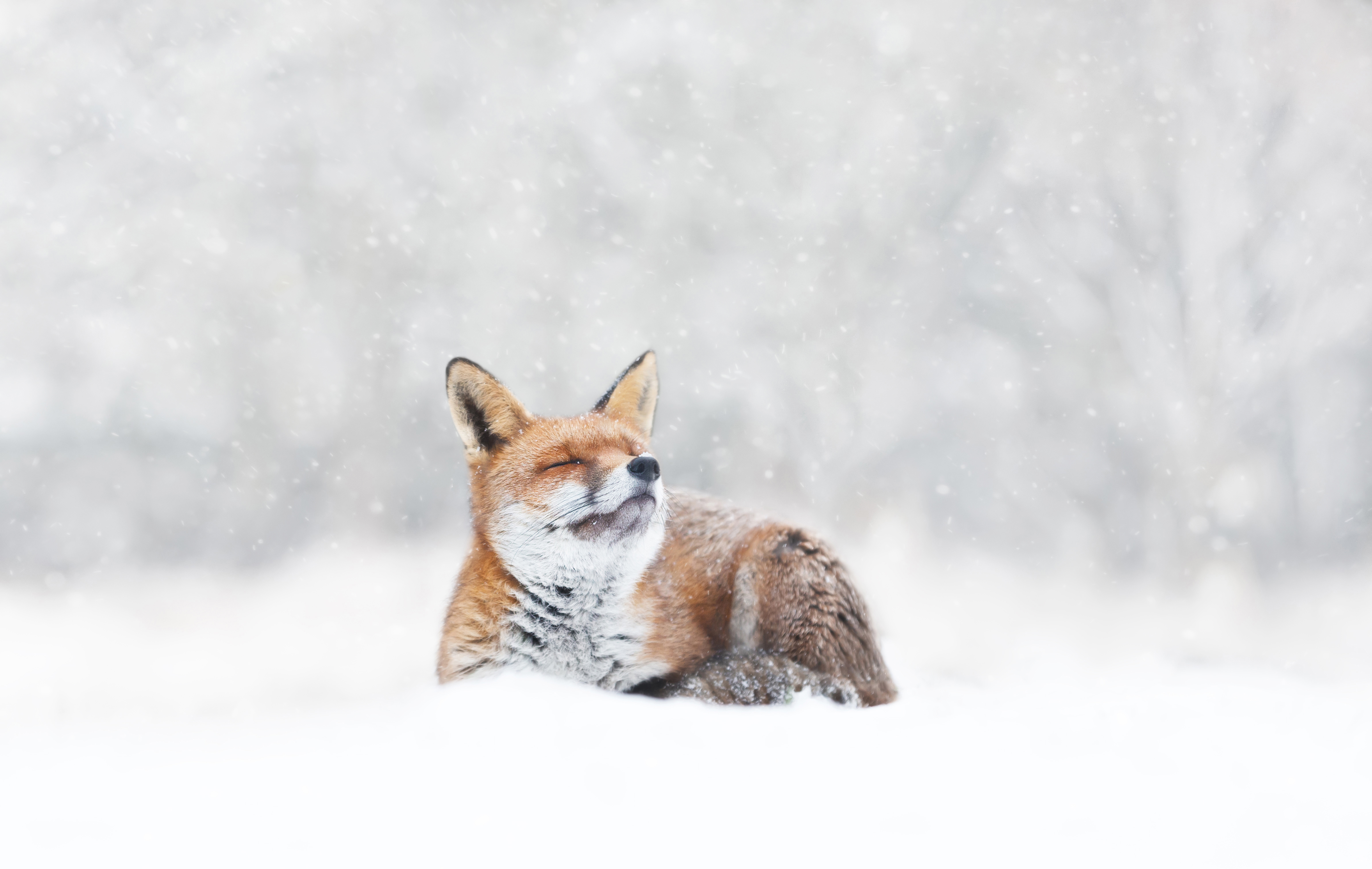 Baby, it’s cold outside (even if you have a natural fur coat): How our animals brave the winter chill
Baby, it’s cold outside (even if you have a natural fur coat): How our animals brave the winter chillWhen the temperature drops, how do Britain’s birds, beasts and plants keep the cold at bay? John Lewis-Stempel reveals Nature’s own thermals.
-
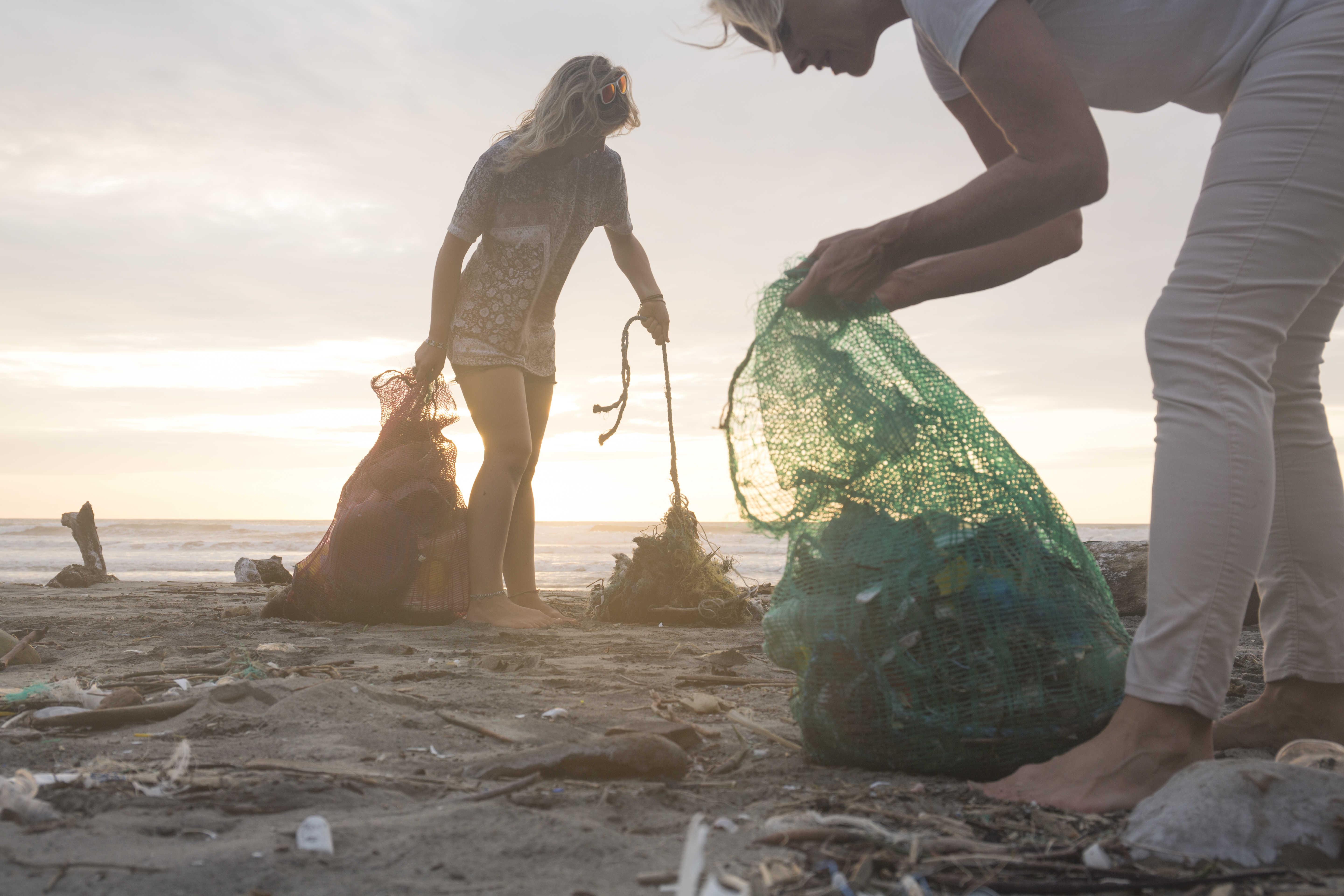 Retro rubbish: Waste from the 90s unearthed in 97-mile-long beach clean
Retro rubbish: Waste from the 90s unearthed in 97-mile-long beach cleanThe 6,482 volunteers unearthed waste discarded decades ago among the 232,229 pieces of litter recorded during the initiative.
-
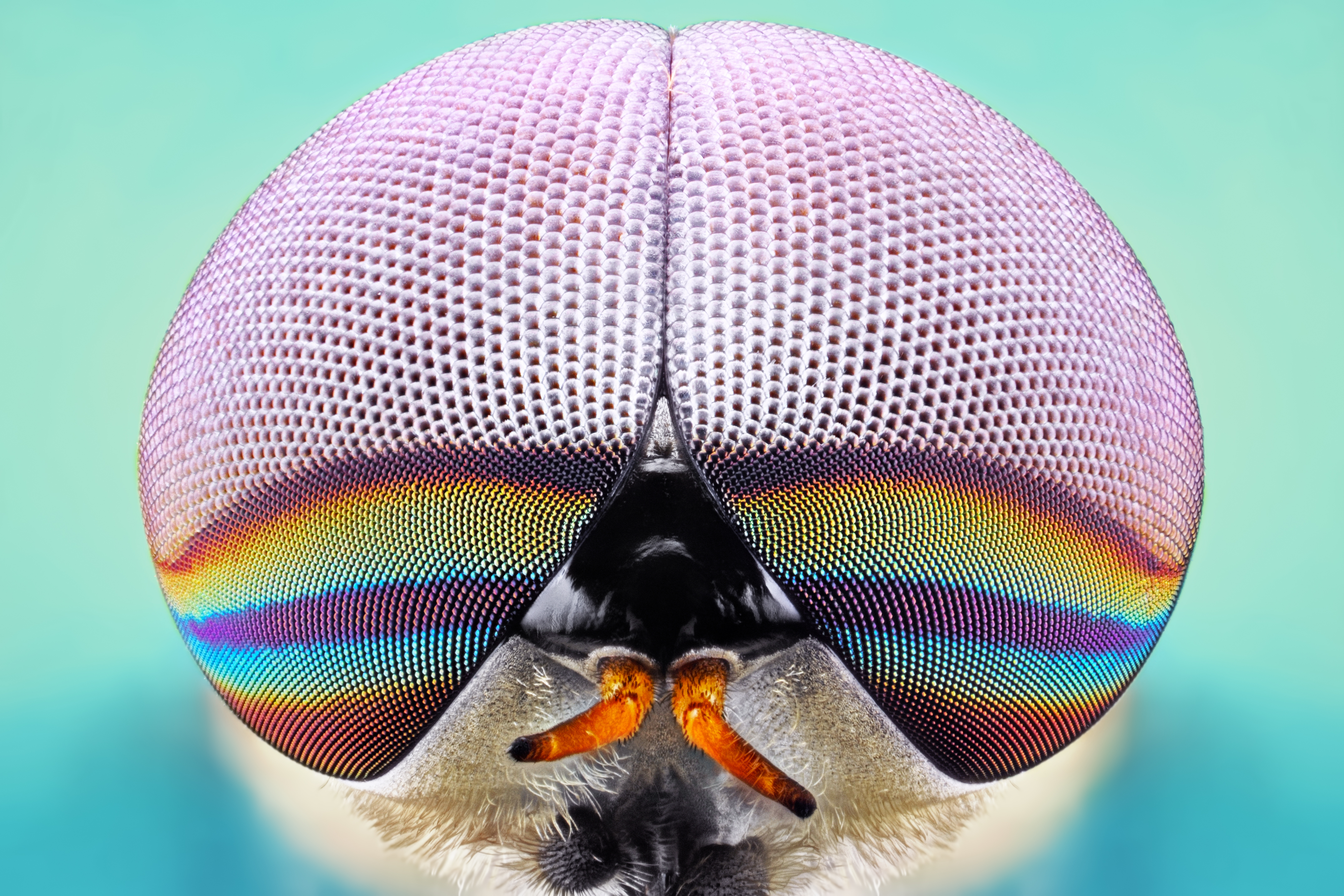 Dangerous beasts (and where to find them): Britain's animals that are best left alone
Dangerous beasts (and where to find them): Britain's animals that are best left aloneJohn Lewis-Stempel provides a miscellany of our otherwise benign land’s more fearsome critters.
-
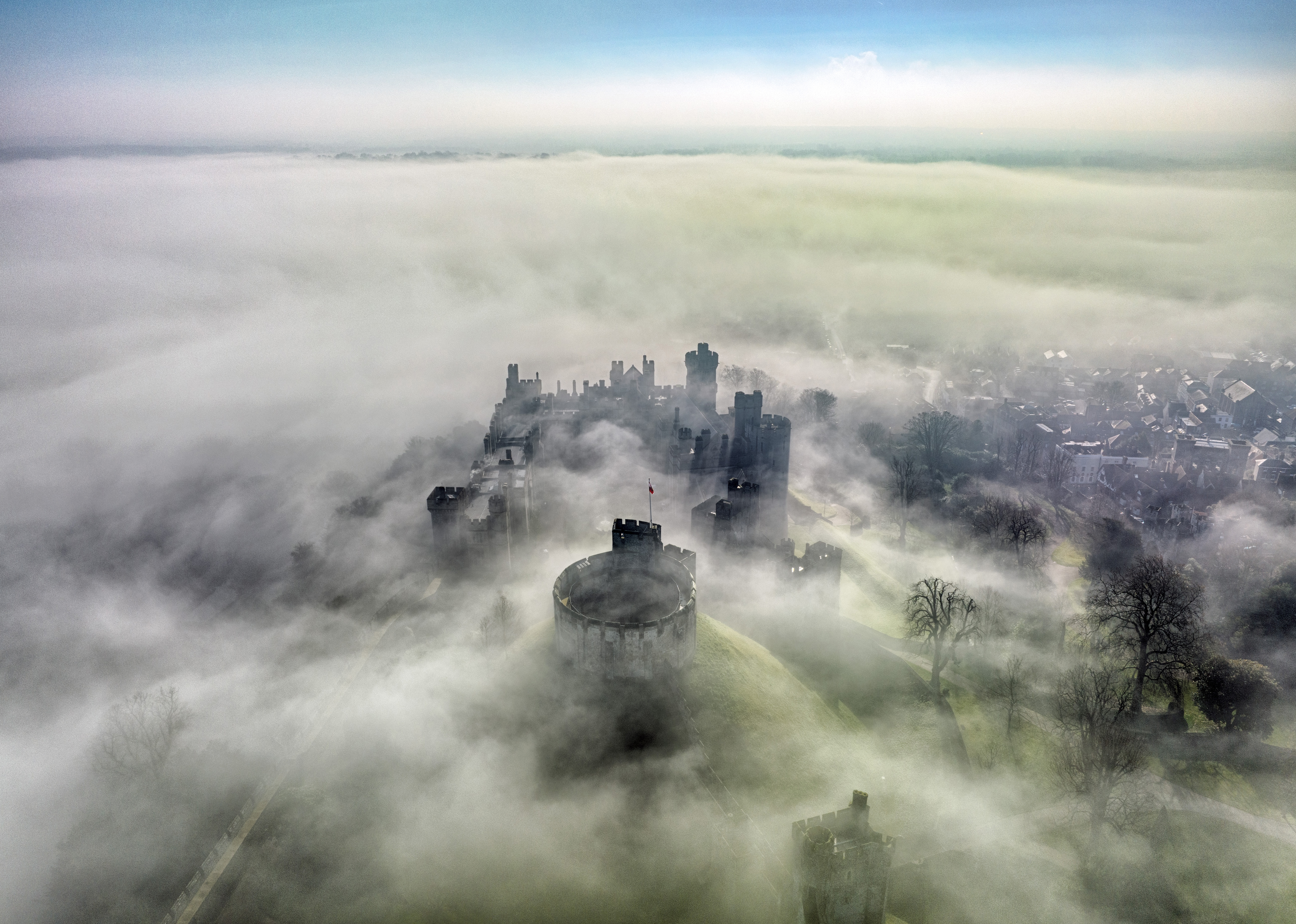 Mystery, muse and metaphor: There's more to fog than meets the eye
Mystery, muse and metaphor: There's more to fog than meets the eyeSmothering, transformative and beautiful, fog’s close-set shroud has inspired titans of literature, cinema and art — and forces the rest of us to look at the world a little closer.
